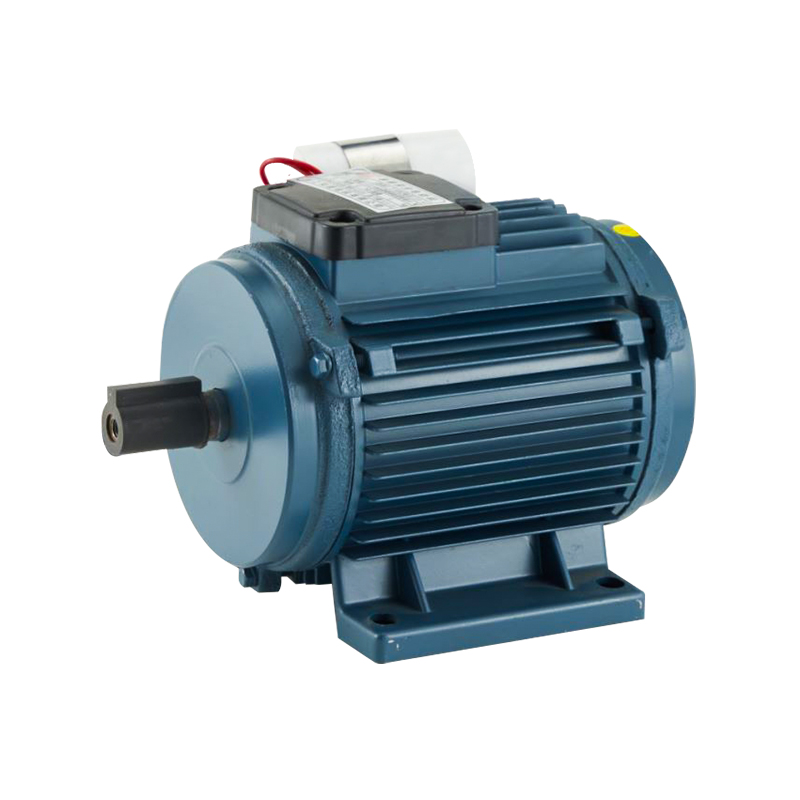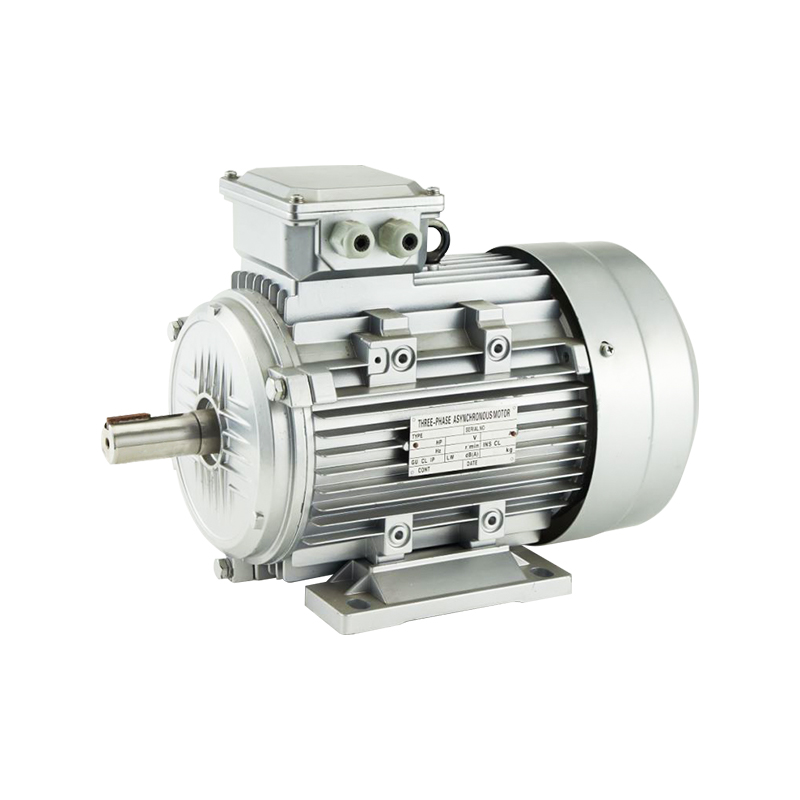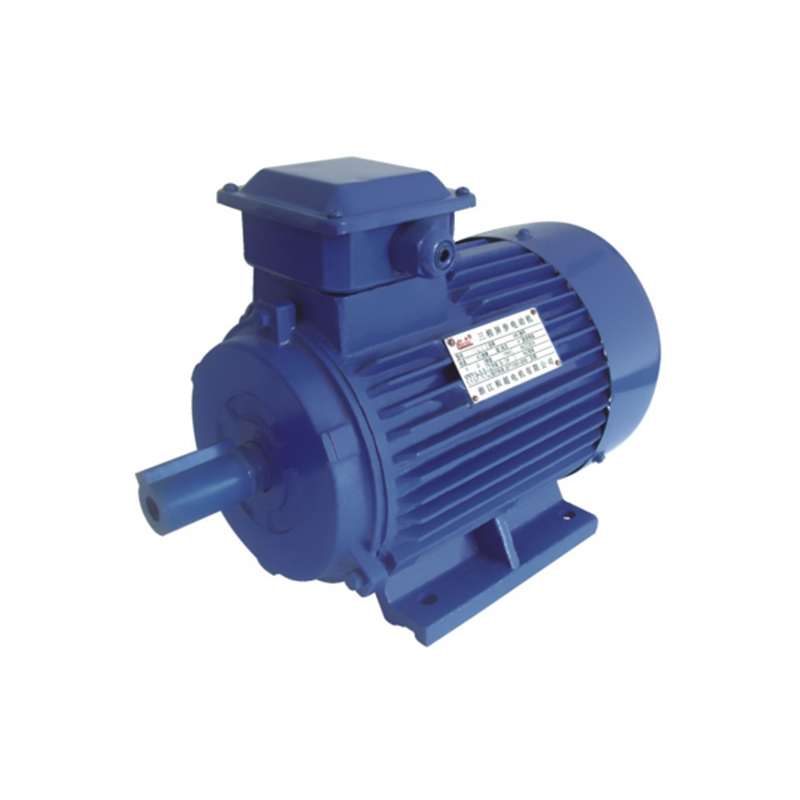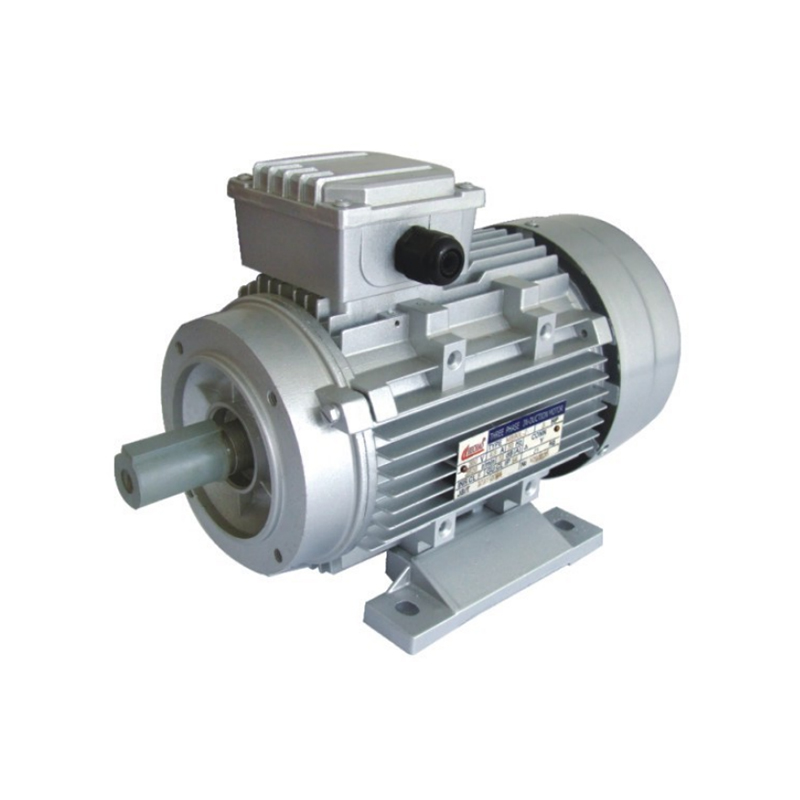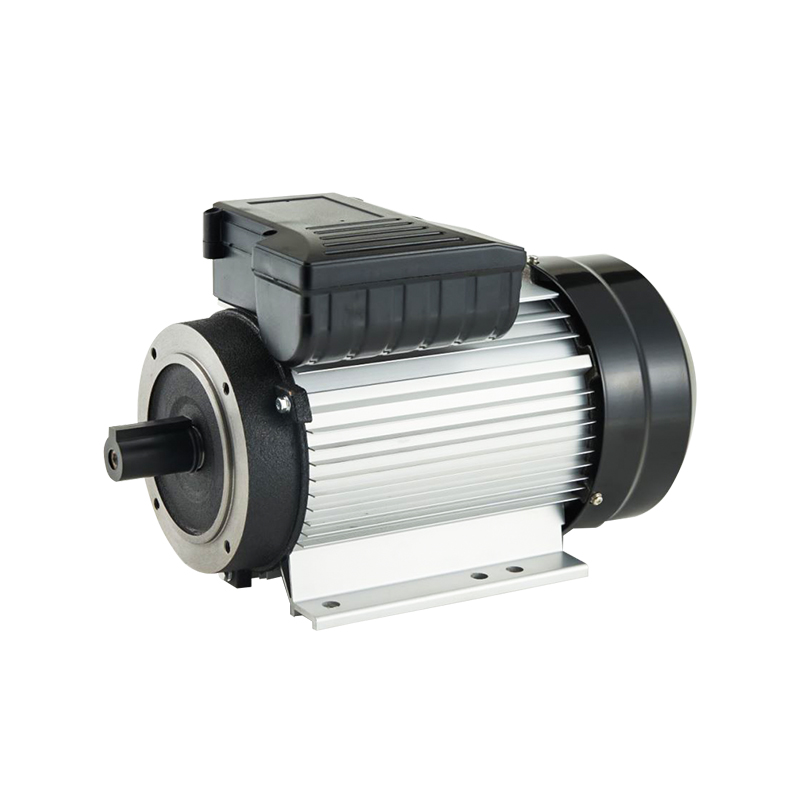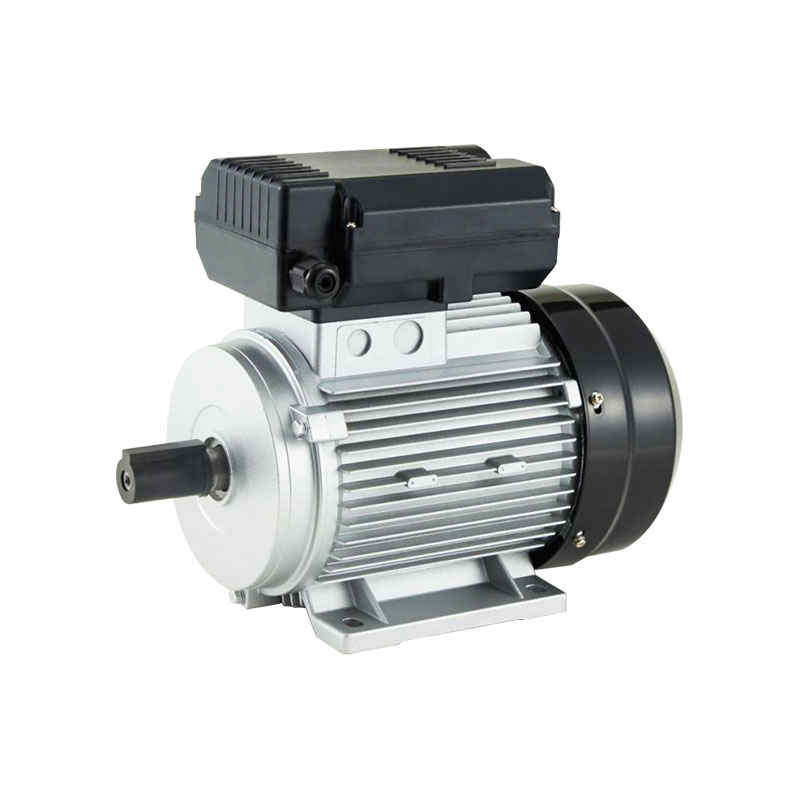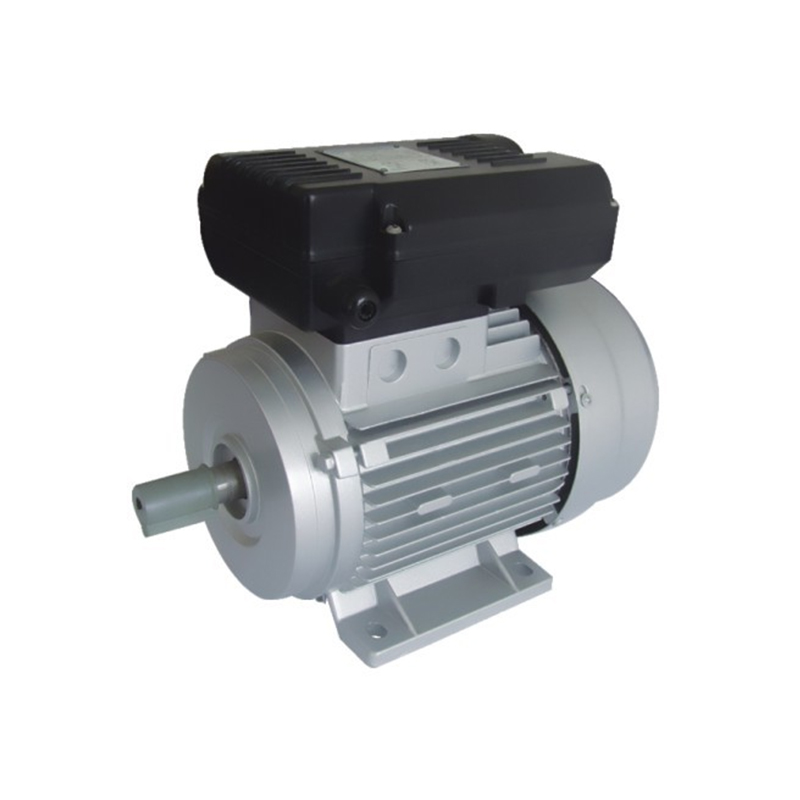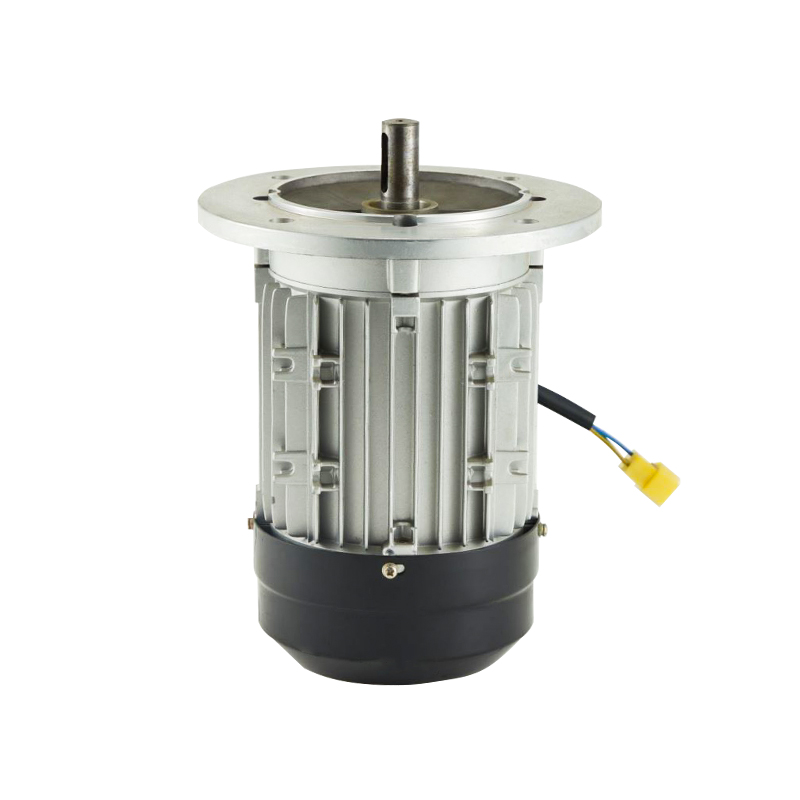In the realm of industrial machinery, alternating current motors have long been a fundamental component powering countless applications. Meanwhile, direct current motors also play critical roles in specific sectors requiring precise speed and torque control. As we move through 2025, the landscape of AC motor design is experiencing noteworthy advancements aimed at improving energy efficiency, performance, and reliability.
The Importance of AC Motors in Industry
Before diving into the technical advancements, it’s helpful to understand why AC motors remain dominant in industrial settings. AC motors, especially three-phase asynchronous types, are favored for their robust construction, reliability, and ability to handle heavy loads efficiently. They power fans, pumps, compressors, conveyors, and many other essential machines.
In comparison, DC motors offer advantages such as fine speed regulation and high starting torque but are often more complex and costly for heavy industrial applications. Both motor types have their niches, but for large-scale industrial energy savings, the focus today is largely on advancing AC motor design.
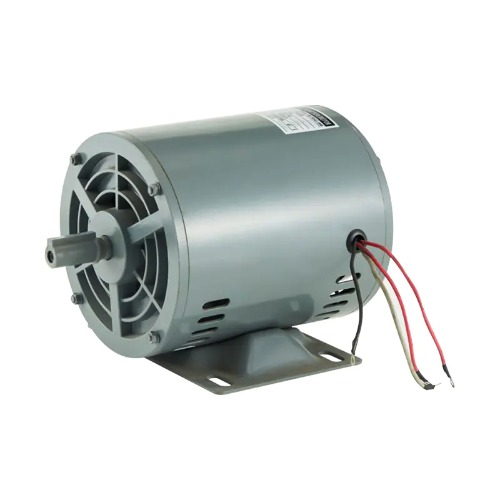
Innovations in Winding Structures
One key area of progress in AC motors involves the optimization of winding configurations. The motor winding is crucial as it generates the magnetic field that drives rotor movement.
Improved Slot Designs: Engineers are refining stator slot shapes to reduce magnetic losses and minimize noise.
Advanced Insulation Materials: Enhanced insulation increases thermal endurance, allowing motors to operate at higher temperatures safely.
Precise Coil Placement: Automated manufacturing techniques now ensure coils are placed more accurately, improving magnetic flux distribution and reducing stray losses.
These changes contribute to better motor efficiency and longer operational life.
High-Performance Electrical Steel Materials
Electrical steel, often called silicon steel, forms the core of the motor's magnetic circuit. It significantly influences energy losses and magnetic permeability.
Low-Loss Grades: Newer steel grades with reduced hysteresis and eddy current losses help lower the overall motor power consumption.
Thinner Laminations: Advances in lamination technology allow thinner sheets, which reduce core losses without compromising mechanical strength.
Improved Coatings: Protective coatings on steel laminations help maintain insulation between layers, reducing eddy current paths.
Together, these material improvements have a direct impact on reducing wasted energy during motor operation.
Magnetic Circuit Design Enhancements
The magnetic circuit directs the magnetic flux within the motor, affecting torque production and efficiency.
Optimized Rotor Designs: New rotor geometries improve the alignment of magnetic fields, increasing torque output while reducing losses.
Enhanced Air Gap Control: Better control of the air gap between rotor and stator improves motor responsiveness and efficiency.
Finite Element Analysis (FEA): Use of FEA software in motor design allows engineers to simulate magnetic flux paths and optimize the motor before manufacturing.
These techniques cause motors that not only consume less energy but also maintain consistent performance under varying loads.
Energy Efficiency Benefits and Industry Impact
The cumulative effect of these advancements is a noticeable improvement in motor efficiency ratings, often reflected by higher IE (International Efficiency) classes.
Lower Energy Bills: Factories benefit from reduced electricity consumption, pilot to significant cost savings.
Reduced Carbon Footprint: Energy-efficient motors support corporate sustainability goals and regulatory compliance.
Increased Equipment Longevity: Efficient motors generate less heat and mechanical stress, decreasing maintenance needs.
As energy costs continue to rise and environmental concerns grow, these motor improvements are becoming increasingly valuable to industrial buyers.
Now that you’re familiar with these advancements, you can better assess motor options that align with your performance and sustainability goals. For more insights into motor technology or specific product inquiries, feel free to reach out.

